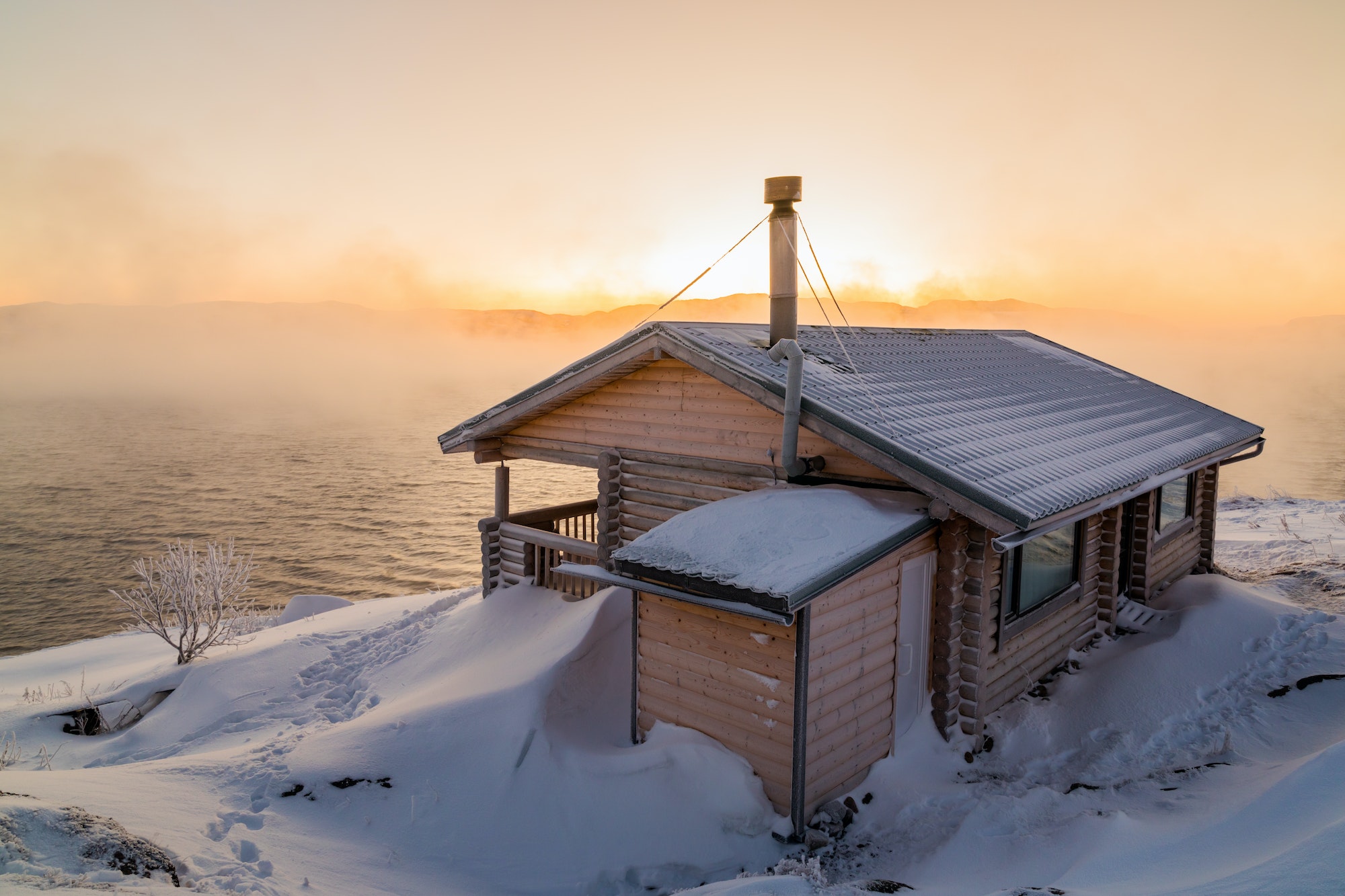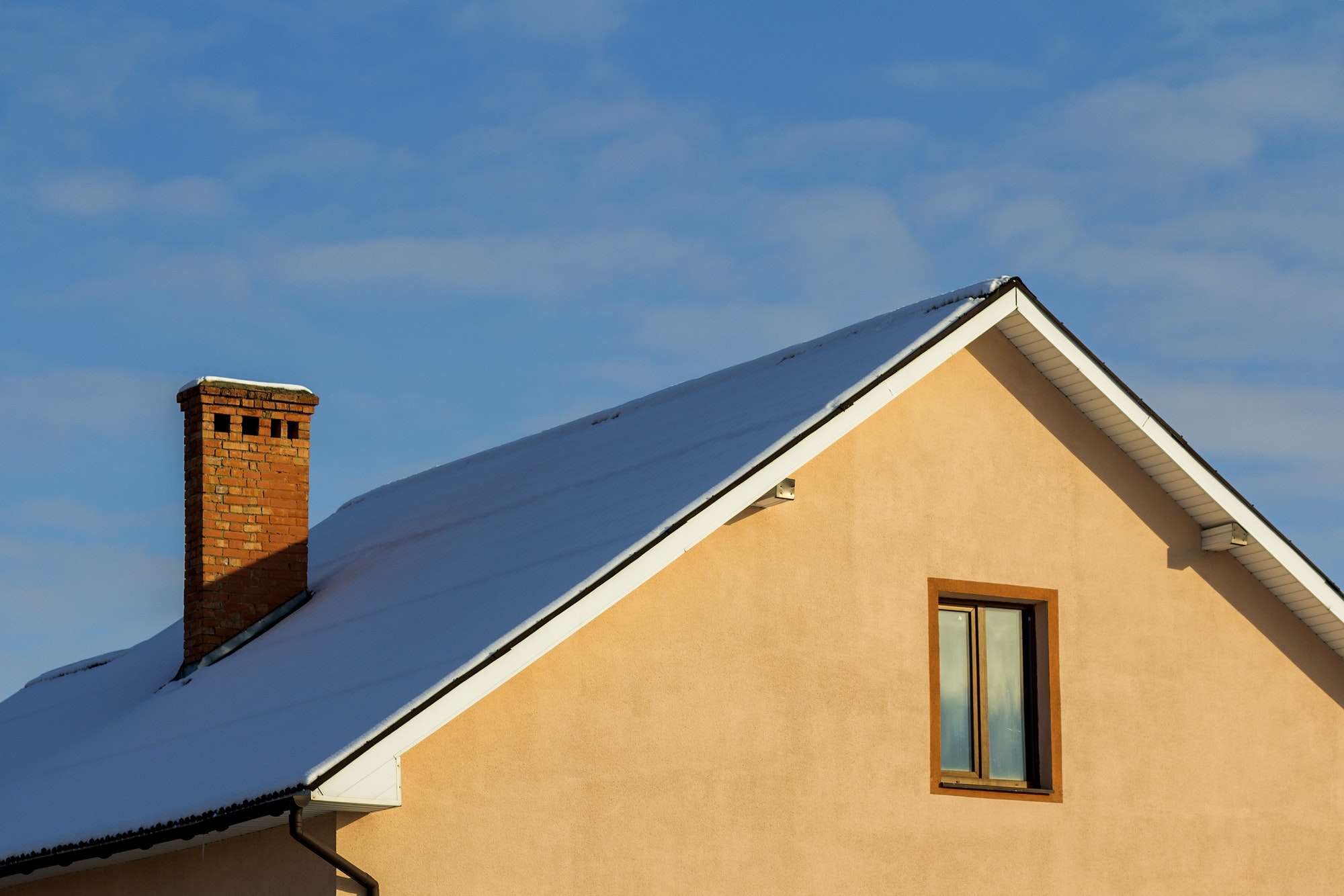Ready or not, winter is coming. That means dropping temperature, shorter days, and cozy family nights.
On top of this, it’s also the festive season. From planning for Halloween to buying Christmas gifts, your schedule will surely be jammed packed.
Amidst all the errands, the thought of preparing your house for the cold weather most likely slipped out of your mind. This may lead to inflated energy bills, property damage due to hurricanes & strokes, and leakage catching you off-guard.
But don’t worry, it’s still not late. Here’s the checklist to winter-proof your house.
1. Check For Drafts
Imagine this; after spending several hours outdoors, you come home expecting it to be well-insulated. Alas, the house was exceptionally cold. Even after inspecting the thermostat and furnace, there was little to no improvement in the temperature.
Well, this could be due to leaks and drafts in the walls, windows, and doors. It causes warm air to leak out and be replaced by cold air. Additionally, it causes the energy bill to rise, burning a hole in your pocket.
Therefore, look for drafts and use a window insulator kit to seal them. You can further use blackout curtains to keep the house warm during the night.
2. Get Home Energy Audit
Did you know that the average American household spends around $2,060 annually on energy overheads? This includes the expense of heating the interior, powering appliances, and lighting.
It is quite apparent that energy bills spike during the winter months. However, if the surge is suspiciously high, it would be wise to get a home energy audit.
Are you wondering- What happens during energy audits?
Well, the energy auditors will examine different components of the property, such as the furnace, attic, water heater, etc., to evaluate the current energy consumption. After that, they will assess the areas that are losing the most energy and call for immediate improvement. They may suggest a few energy efficiency tips to lower consumption and utility bills.
Note: The audit might take anywhere from 30 minutes to 4 hours. Therefore, it would be best to consult the auditors when you have the proper time to attend them.
3. Reverse The Ceiling Fan Blades
Switching the blade rotation as the season changes is a general practice. During the warm months, you need cool air. So the blades should move in a counterclockwise direction. On the flip side, you should reverse the blades clockwise during winter. It will push the warm air, making your space cozy and comfortable.
However, it could get tricky to do this on your own, especially with the new models of ceiling fans. Therefore, it would be best to contact the professionals to complete this task for you in a hassle-free manner.
4. Be Storm-Ready
Winter storms and hurricanes are unpredictable. They can wreak havoc leading to property damage. Therefore, it would be best to prepare a home and car emergency kit, including non-perishable goods, first-aid supplies, a sleeping bag, and a warm blanket.
Apart from this, you must act quickly and get in touch with your hurricane insurance claims lawyer to get timely compensation.
Understand that the insurance company will do everything it can to save even the last penny. Therefore, you need excellent negotiating skills to handle insurance litigation. However, it could be pretty time-consuming and might not provide desired results.
On the other hand, insurance claim lawyers are well-versed with the tactics that companies use to delay compensation or save money. They can negotiate on your behalf to ensure you get what you deserve.
5. Chop-Off The Branches
Finally, the low-hanging branches, particularly near or by the house, can damage the exterior. Moreover, excessive snowfall can cause the branches to break, damaging the roof, window, wall, or power lines.
To prevent this situation, it would be best to chop off the dead limbs and inspect the soil around the tree. It will eliminate the chances of tree collapse, causing significant damage.
Tip: You should also clean out the debris and leaves from the roof before it begins to snow. Otherwise, it’ll clog the gutter and chimney, leading to water damage. Nevertheless, watch out for the animal friends that might be living on your roof during the season.
To Sum It All Up
Generally, homeowners should begin weather-proofing their property as soon as the temperature begins to drop. However, if you can’t prepare your house for any reason, follow the tips in this article. It’ll help insulate the energy bill, avail the insurance claim, and ensure you enjoy a cozy & warm winter.
Discover more from Futurist Architecture
Subscribe to get the latest posts sent to your email.




